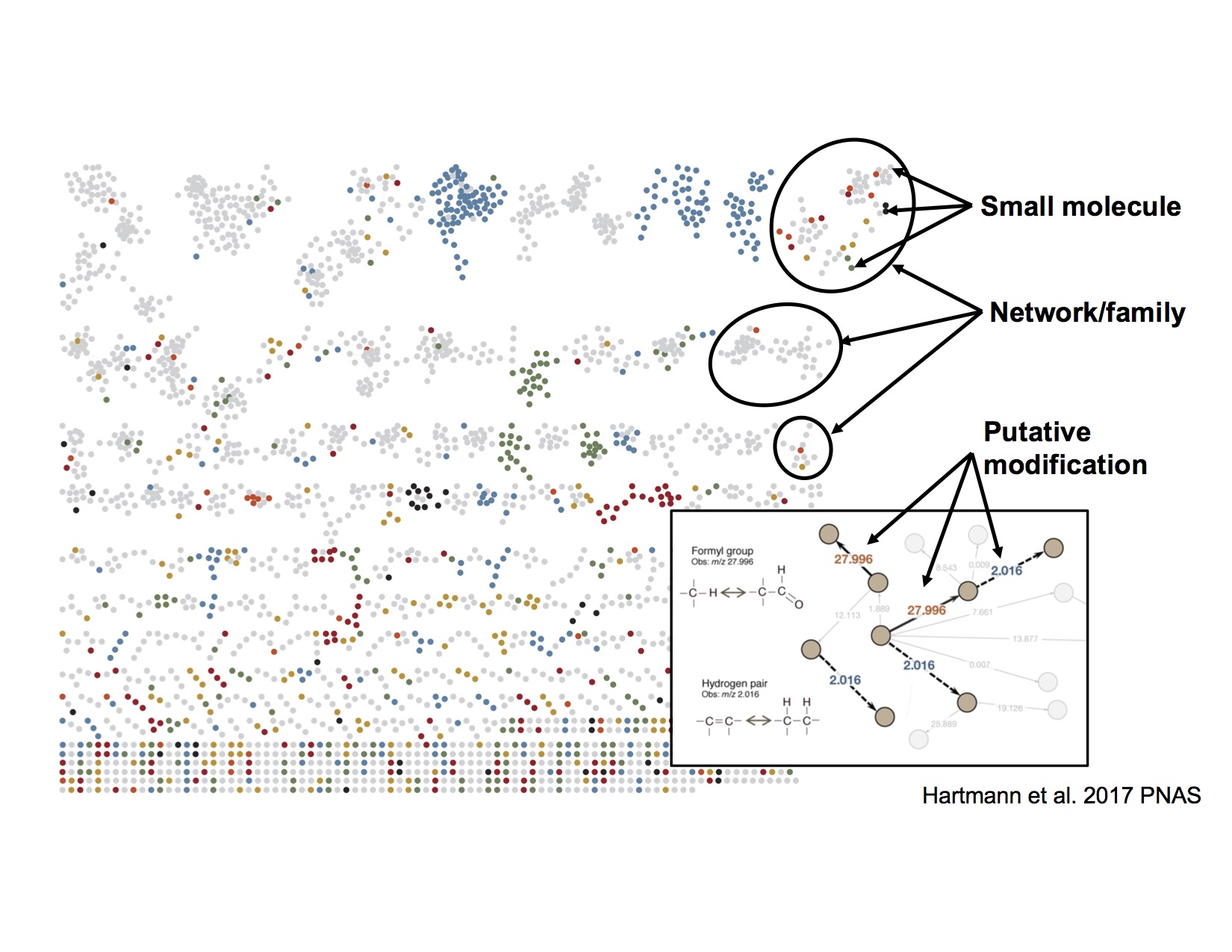Small molecule diversity on coral reefs at the World Conference on Marine Biodiversity (Montreal)
Animals produce certain molecules (think venoms) in order to fight for resources like space and food. In one of my projects, I am studying the mostly-unexplored diversity of molecules in coral reef organisms throughout the Coral Triangle, the most species-diverse spot in the ocean and maybe even the planet.
I’m trying to answer questions such as: Is small molecule diversity determined by the extent to which species are related? Or, is small molecule diversity determined by local communities and conditions? (local, it seems so far). I’m also interested in how much small molecule diversity is left to discover (lots and lots!). Quantifying this potential helps us understand why organisms win or lose on the reef and tells us that coral reef molecules have vast potential to benefit of humans (such as new medicines).
In May I gave talked about our preliminary findings at the World Conference on Marine Biodiversity in Montreal. I’m running follow-up analyses and will have more findings to share soon.
In the image below, all the grey circles are molecules found widely in the Coral Triangle, while the colored molecules are only found in one region. A molecular family is a group of molecules with similar structures and a modification relates to the chemistry that turns one molecule into another. You can read our paper on how we find modifications here.
